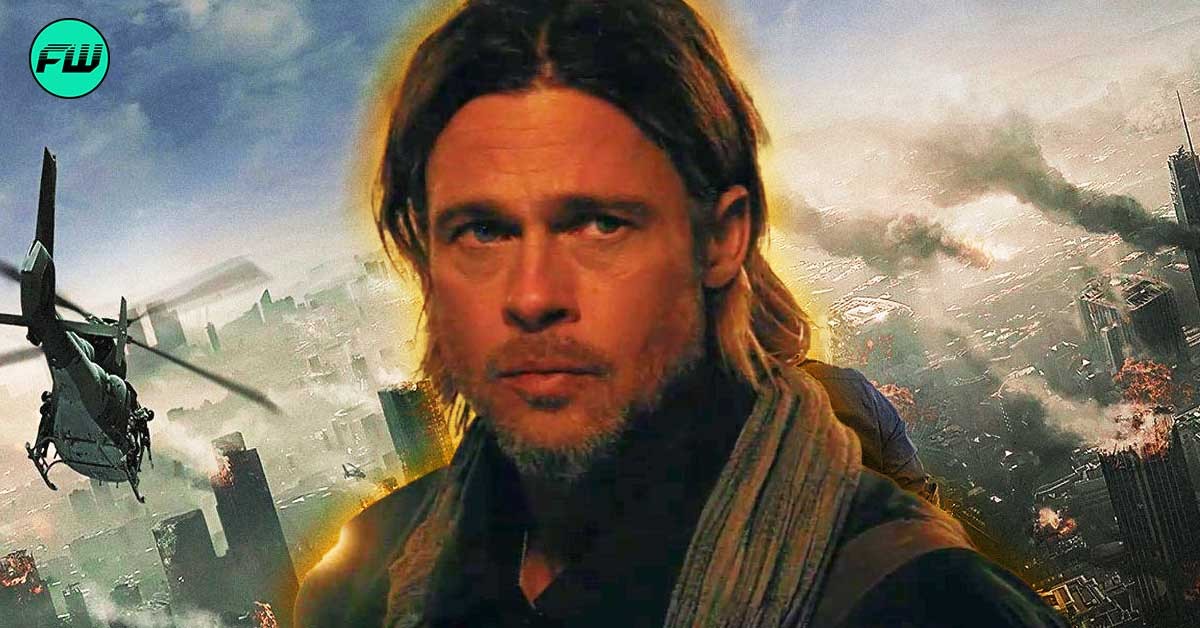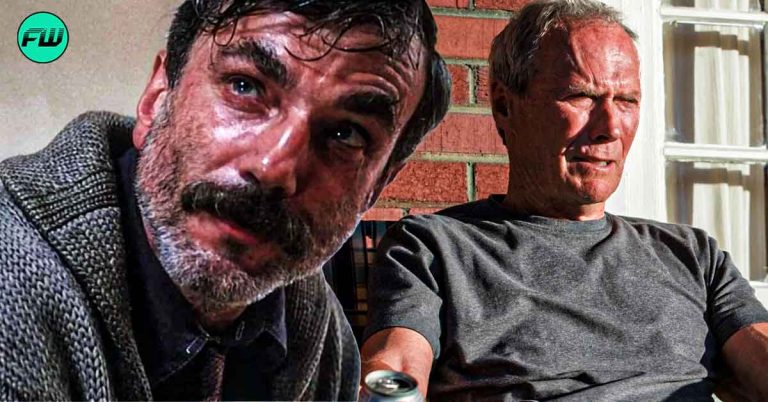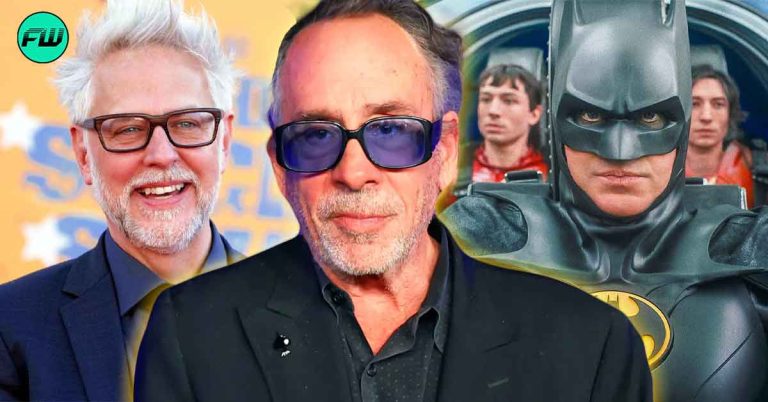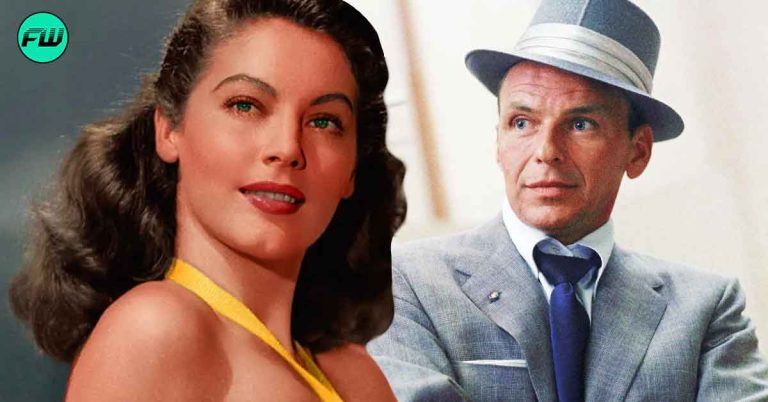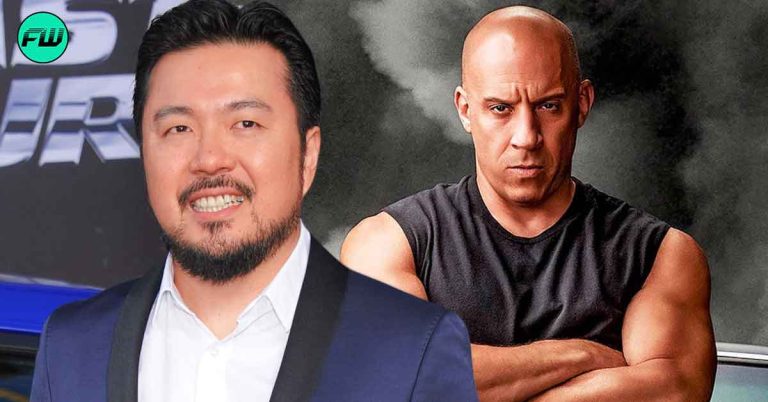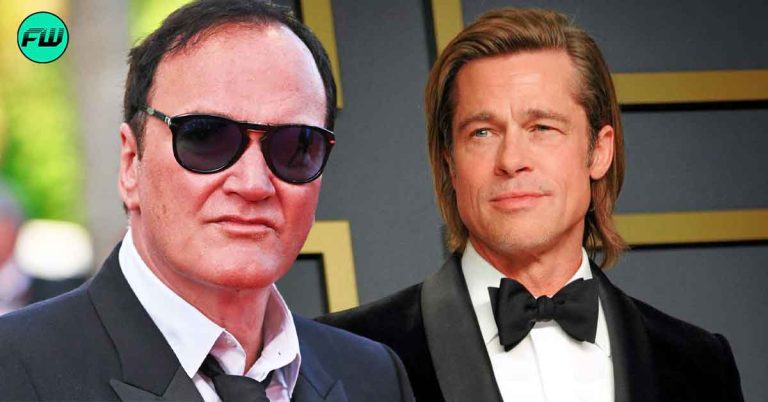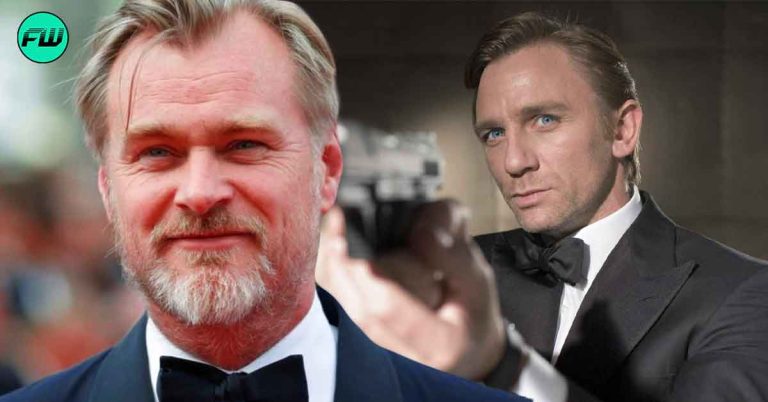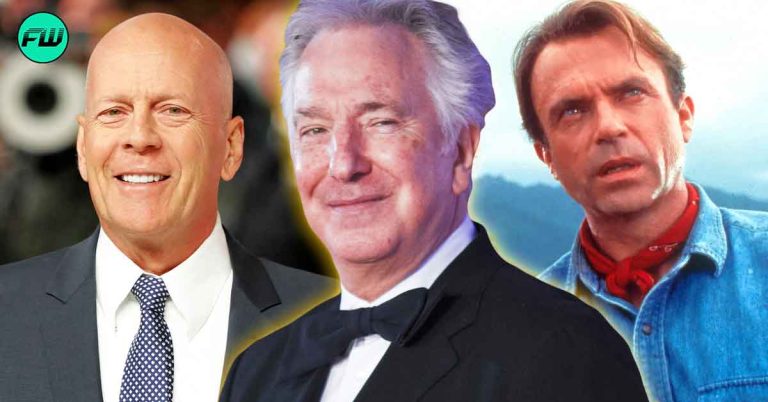Brad Pitt’s 2013 film World War Z is based on a novel of the same name penned by Max Brooks. What became an unprecedented box-office hit overcame several challenges in the beginning. The zombie horror premise was met with the burden of rewrites and re-shoots, as the original ending was deemed abrupt and incoherent. Nearly half of the narrative, around 40 minutes of the film, had to undergo re-shoots. All this was done to bring a fitting conclusion.
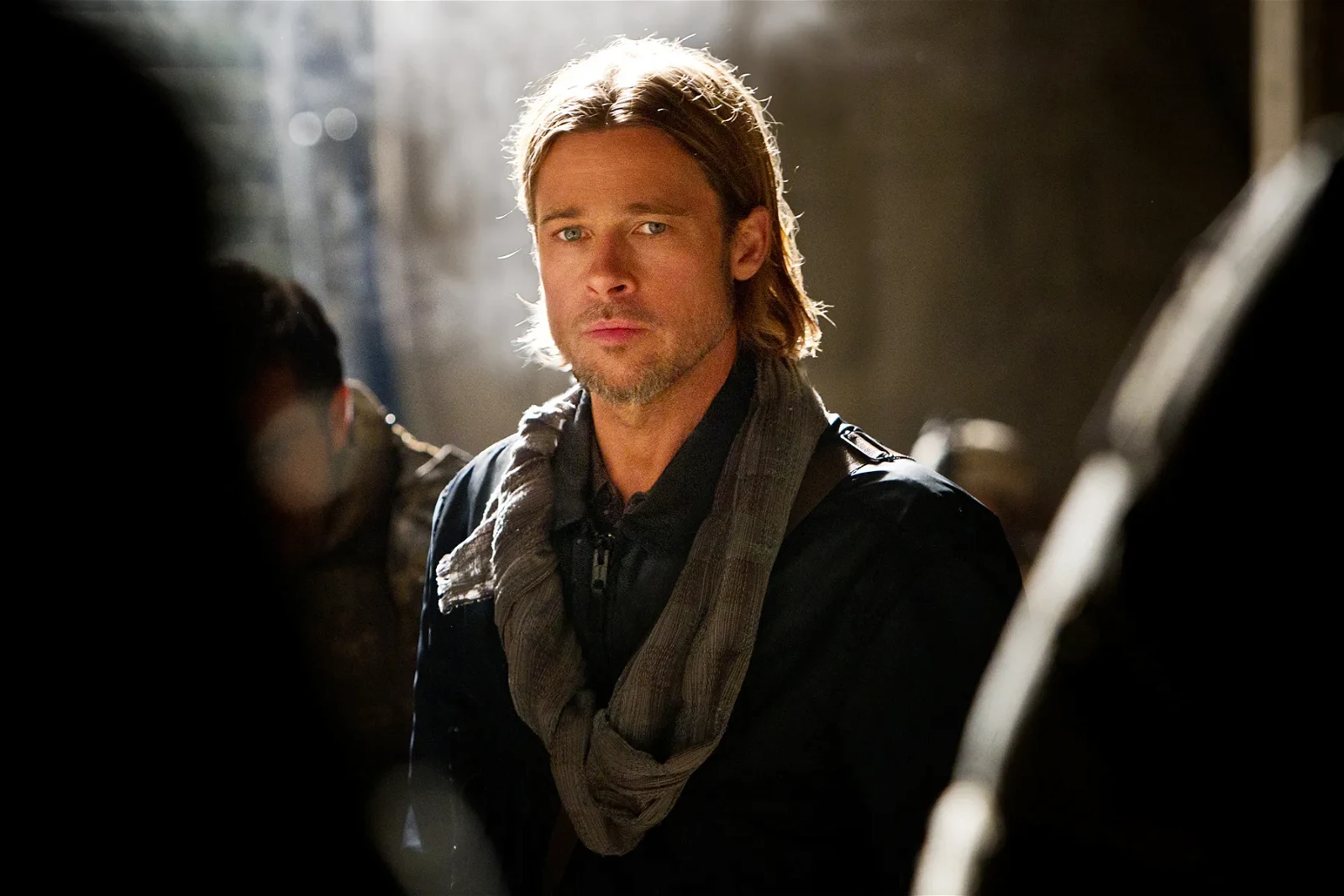
The decision to reshoot the film’s finale was beneficial. There have been instances when the zombie sub-genre has been treated too carelessly. World War Z has defied such preconceptions, establishing itself as an enjoyable film. However, that begs the question: What about the original conclusion needed to be changed? Why were they willing to take the risk of having an overinflated budget? Screenwriter Damon Lindelof revealed the details behind the ordeal.
The Original Ending To Brad Pitt’s World War Z
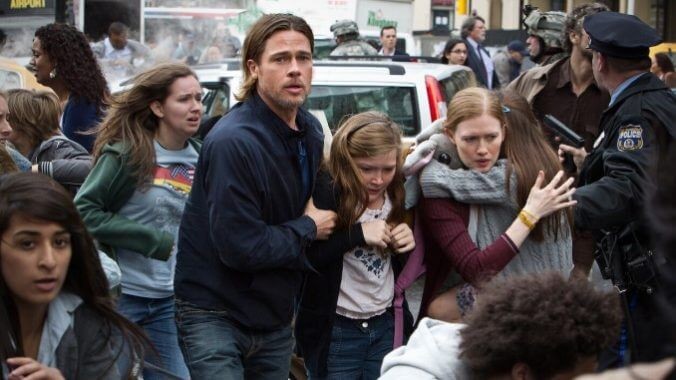
The original ending to the premise was deemed too bleak. The entire third act had to be changed via rewrites and reshoots. So, what precisely was so abrupt and incomprehensible about the previous ending that it had to be scrapped? In the earliest cut, the story moved similarly to what we saw in the theatrical version until Brad Pitt‘s character, Gerry Lane, leaves Israel. After that, the narrative takes a drastic turn.
Rather than putting Lane in a World Health Organization medical research facility, the original story had him flying to Moscow with Segen (Daniella Kertesz). Soon after, the two characters are drafted into a zombie-killing army. We are then greeted with a time jump. By this point, Pitt’s character rocks a beard and continues fighting in Russia during the winter. At one point, Lane and his team are entrusted with clearing up the tunnels under Moscow.
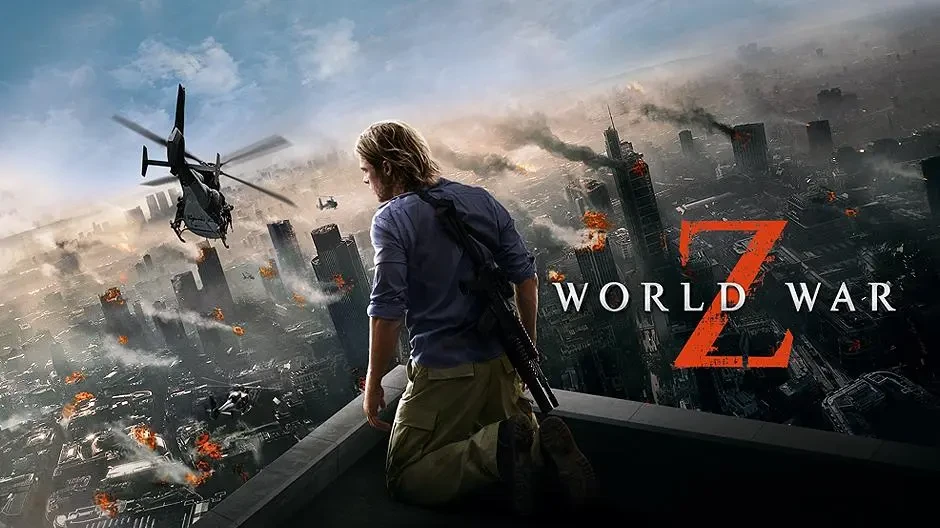
Read also: Brad Pitt Got Paranoid About His Past After Concerns About His Children Finding Out Unsavory Truths
The primary development in this ending sees Pitt’s character realizing that the zombies are prone to cold weather, making them move slower. This gives the humans an upper hand in combat. Soon, a battle sequence ensues. Later, Lane gets in touch with his wife Karin (Mireille Enos). He proceeds to explain his discovery. However, the information is useless to her because she resides with their children in a refugee camp in Florida’s Everglades National Park.
The most heartbreaking aspect of the ending is that Lane’s wife had to “trade herself” and engage in a s*xual relationship with Matthew Fox’s character to survive and keep her children safe. The film concludes with Lane beginning a journey to the United States to retrieve his family. This finale provided plenty of possibilities for a sequel.
Screenwriter Damon Lindelof disclosed his interaction with Brad Pitt in an interview, which explains why this climax was abandoned.
The Brad Pitt Movie’s Ending Felt Incoherent And Abrupt
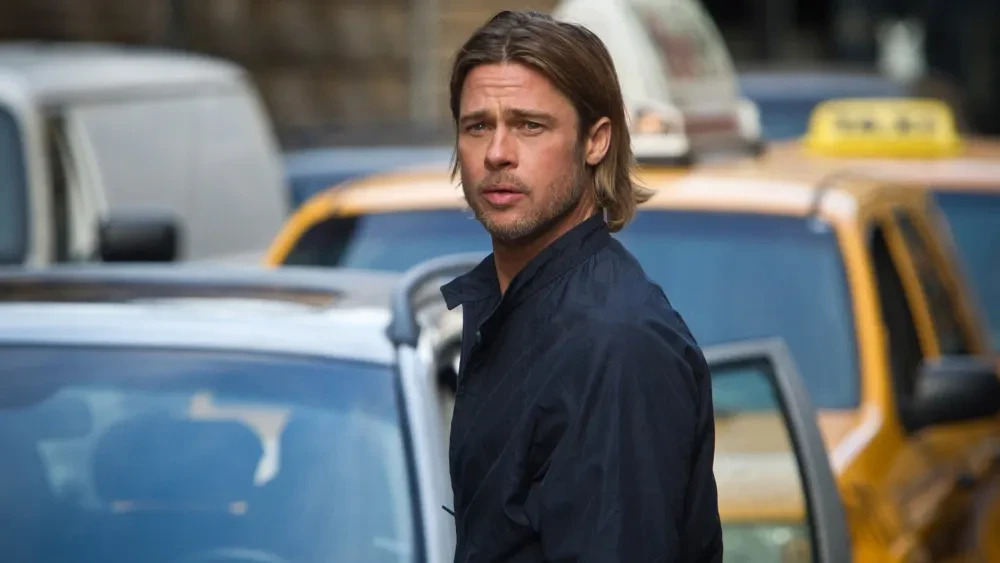
In a Vanity Fair report, director of the film Marc Forster and Paramount executives Marc Evans and Adam Goodman revealed that nearly half of the film, around 40 minutes, had to be re-shot and rewritten. The budget skyrocketed to around $200 million.
Brad Pitt told screenwriter Damon Lindelof the following when the latter was asked for assistance on the star’s challenging film:
“When we started working on the script, a lot of that stuff had to fall away for the story to come together. We started shooting the thing before we locked down how it was going to end up, and it didn’t turn out the way we wanted it to.’”
The actor sought a third-party opinion to see what the conclusion lacked and how they could arrive at a more acceptable result. According to Lindelof, the final act was “abrupt and incoherent.” Additionally, an enormous amount of the footage was missing.
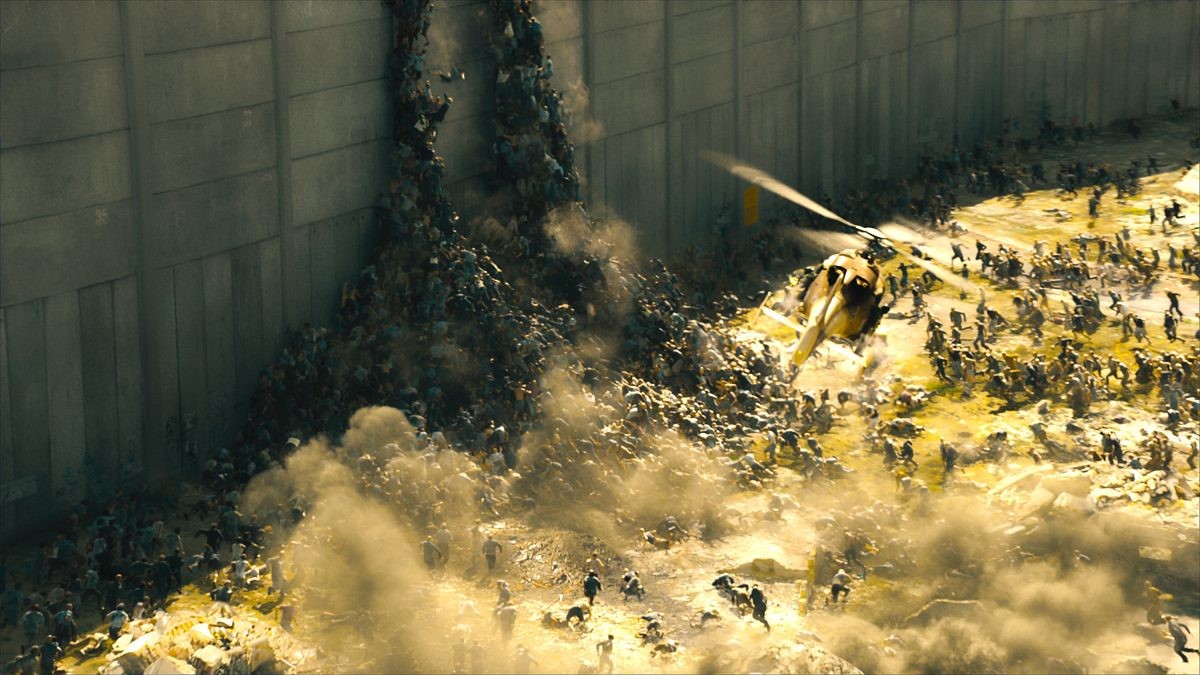
Read also: Leonardo DiCaprio Was in Shock After Brad Pitt’s Confession About a Classic Movie
Forster’s early cut of the film didn’t sit well with Paramount executives and Brad Pitt. Lindelof presented the executives with two options, with the latter being chosen. This alternative entailed removing the Russian battle sequence (about 12 minutes of footage). Hence, an additional 40 minutes of footage had to be shot to craft an ending that made sense.
That is how we got to the World War Z we know today. The budget may have escalated. However, the results were equally promising. The film grossed $540.5 million at the global box office. Even if the plan for a sequel was canceled in 2019, fans of the film continue to hope for a continuation of the fascinating premise.
Only time will tell whether the continuation is doomed to remain unattainable.
World War Z is available on Paramount+.
Source: Vanity Fair

